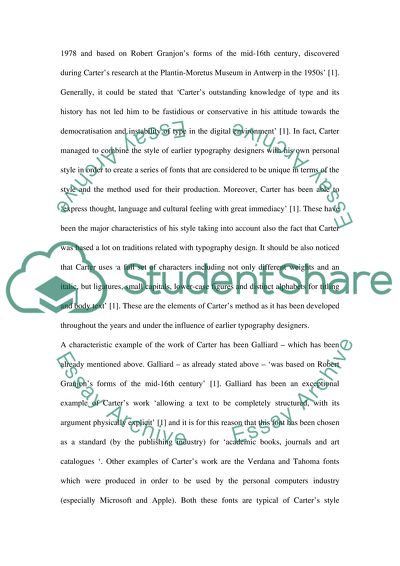Typographer Matthew Carter Essay Example | Topics and Well Written Essays - 500 words. Retrieved from https://studentshare.org/miscellaneous/1542151-typographer-matthew-carter
Typographer Matthew Carter Essay Example | Topics and Well Written Essays - 500 Words. https://studentshare.org/miscellaneous/1542151-typographer-matthew-carter.


